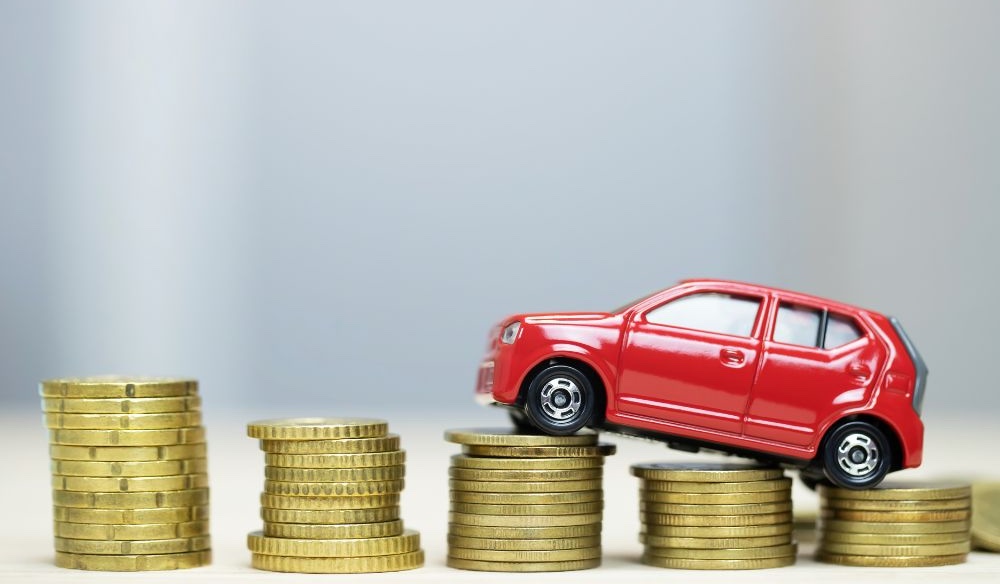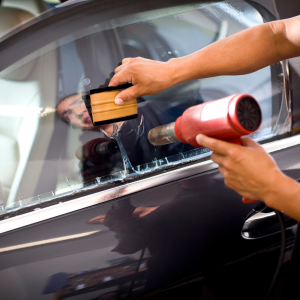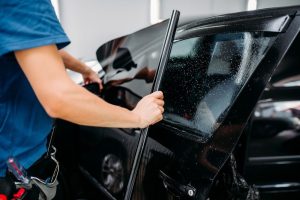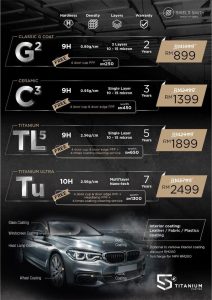In Malaysia’s hot climate, window tint isn’t just about privacy or looks — it’s about performance. One question we often get from car owners is:
“Can tinted windows actually help reduce fuel usage?”
The short answer: Yes, it can — and here’s how.
Let’s dive into how heat rejection tint improves your car’s air-conditioning efficiency, and how that translates into real-world fuel savings.
How Heat Enters Your Car
Every time you park your car under the sun, heat and solar energy penetrate through the windows and windshield. This includes:
-
Infrared (IR) radiation: Causes the most heat buildup inside your cabin
-
Ultraviolet (UV) rays: Damages upholstery and increases heat
-
Visible light: Adds glare and warmth
The hotter your cabin, the harder your air-conditioning system has to work to cool things down — and that uses more fuel.
How Tint Improves Air-Con Efficiency
High-quality window tint — especially those with IR and UV rejection — helps reduce the total heat entering your car. This means:
-
Your car stays cooler from the start
-
The air conditioner reaches your preferred temperature faster
-
The AC cycles off sooner and doesn’t need to work as hard
Less AC usage = less strain on your car’s engine = lower fuel consumption.
But How Much Fuel Can You Actually Save?
Let’s be clear: Tinting won’t cut your fuel bill in half. But over time, especially in a country like Malaysia where temperatures often rise above 30°C, the savings add up.
A more efficient air-con system can save 3–5% in fuel, depending on driving habits and the quality of the tint used. For high-mileage drivers or those stuck in traffic often, that becomes significant.

The Role of Total Solar Energy Rejection (TSER)
When choosing a tint, always check the Total Solar Energy Rejection (TSER) rating. This figure combines:
-
UV rejection
-
Infrared rejection
-
Visible light control
The higher the TSER, the better your tint is at blocking heat — and the better it performs in reducing air-con usage and fuel consumption.
Do All Tints Perform the Same?
No — and this is where many car owners get it wrong.
Cheap tints may only block visible light but let in infrared heat, which is the main cause of cabin warmth. That’s why it’s important to choose advanced tint technologies that are engineered for maximum heat rejection.
Final Thoughts: Tinting as an Eco-Friendly Choice
If you’re looking for ways to save fuel, reduce your carbon footprint, and stay cooler behind the wheel, a high-quality tinted film is more than just a luxury — it’s a smart eco-investment.
When installed properly, tint can help you:
-
Cut down fuel usage
-
Increase driving comfort
-
Prolong the life of your AC system
-
Protect your car’s interior
It’s not just about style — it’s about smarter driving.
Need Help Choosing the Right Tint?
Our team at Shield Smith Kajang and Puchong is ready to help. We offer premium-grade tints designed for maximum heat rejection and energy efficiency — so your car stays cool, and your fuel tank lasts longer.
Visit us today or WhatsApp us to get a free tinting consultation.





